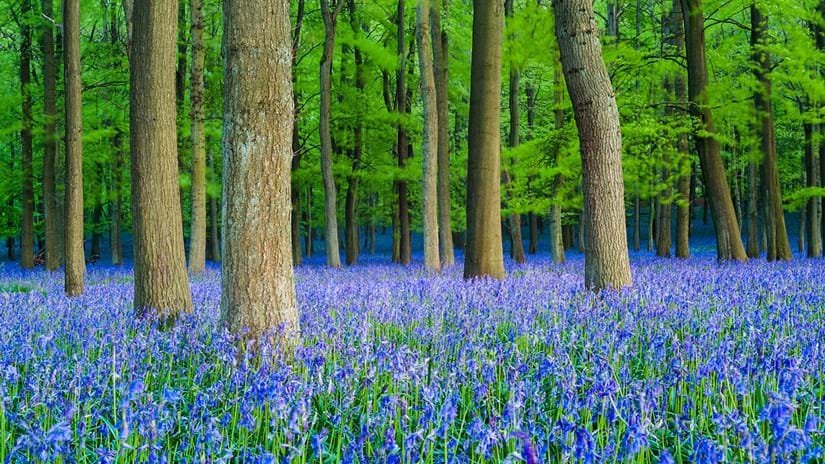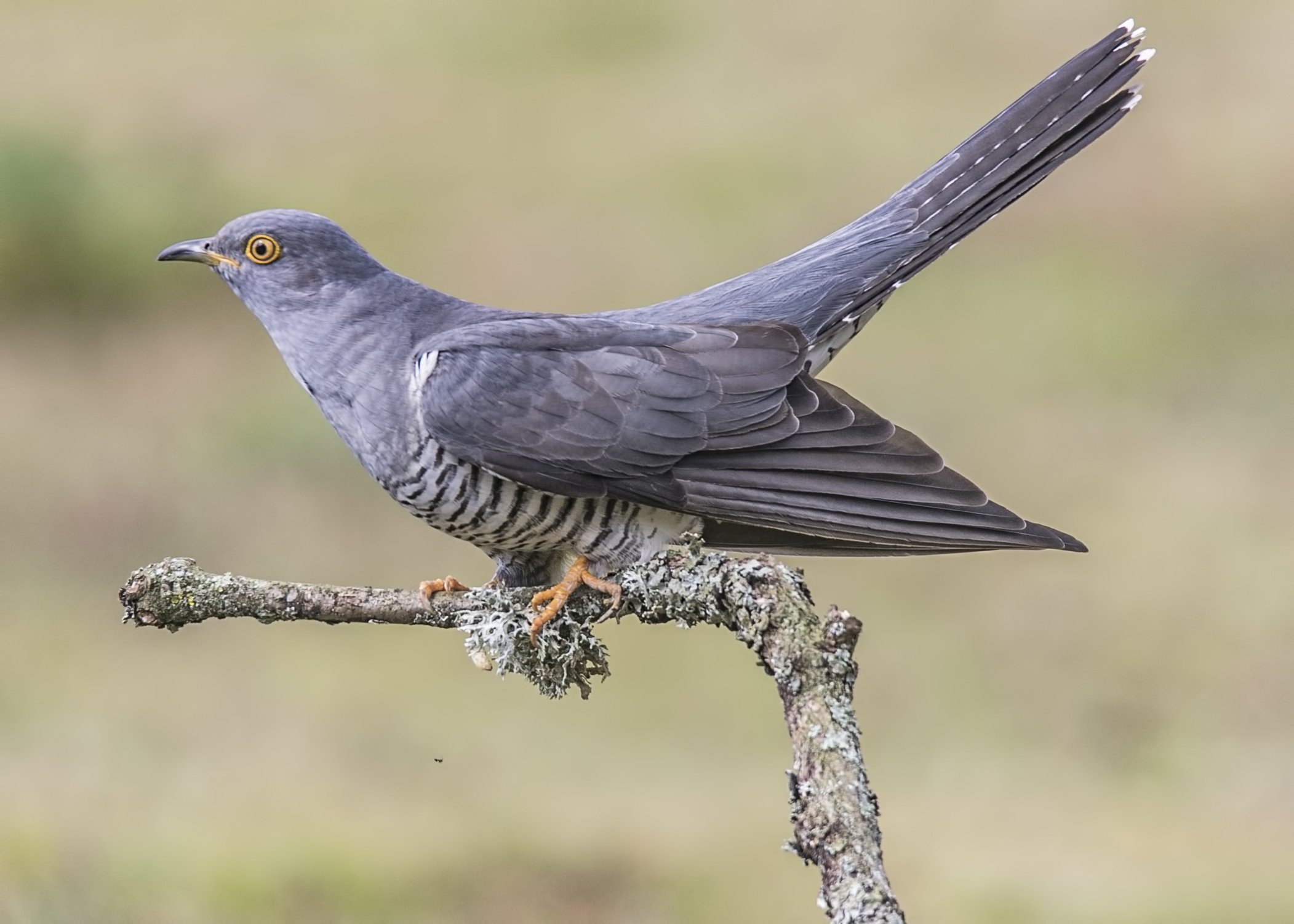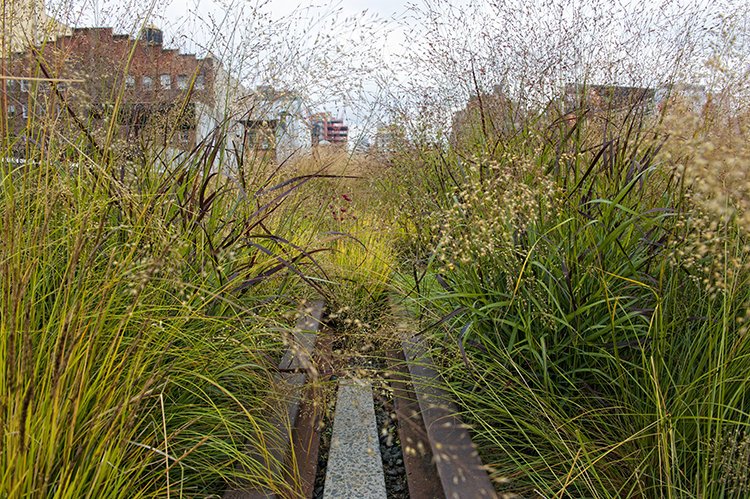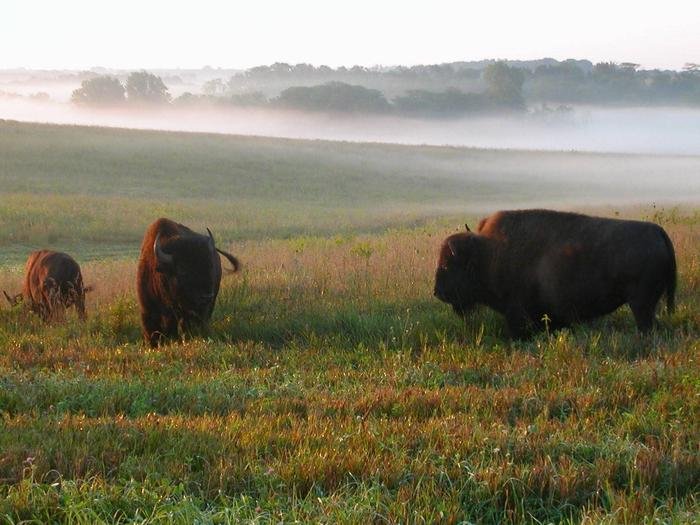Brown Boobies are relatively common in tropical waters of the Atlantic, Pacific and Indian Oceans, meaning that the bird I was here to see most probably came from the Caribbean. Whether it stowed away on a ship, or was blown across the ocean on storm winds, it was a long way from home.
It was the location that drew me. Teesside, the remnant estuary of the River Tees and center of chemical manufacturing, seems an incredibly unlikely destination for a tropical bird with a mind to wander. Not for this bird the well-known seabird hotspots, the teeming cliffs of scenic islands. Instead, it showed up at a major seaport, an area ringed around by chemical plants on land and wind turbines offshore. I’ve visited birdwatching sites on the north shore of the Tees Estuary many times and been intrigued by the juxtaposition of nature and industry. But I’d never ventured to the south side of the estuary, despite its reputation for good birding. It always felt too far and, frankly, too industrial. Now I had reason to go.
I’ll admit that I nearly abandoned the idea as the car’s GPS took me in multiple figure-of-eight loops across the River Tees before abandoning me on the entrance road to a giant chemical facility. “Re-calculating, re-calculating”, the GPS commented, before sending me down an unpromising lane, lined with scrap tire dealers, to a railway track and the ominous sign “Private Road”. In the distance I could see the remains of the Redcar Steelworks: security fencing, dump trucks and giant piles of rubble. I knew there was some controversy over the plans to clean up the site and transform it into the UK’s largest freeport, so security would be high.
Finally, emboldened by the sight of other cars on the road, I plunged across the tracks and around the potholes. The road itself was testimony to over a century of steelmaking, being constructed of slag from steel blast furnaces, but it was in poor condition. As I drove on, it became clear that some kind of mass exodus was underway. With my mind on the Booby, I interpreted this to mean that the bird had flown off to some other location, with birdwatchers in hot pursuit.
Imagine, then, my surprise when I rounded a corner and saw hundreds of campervans and deckchairs lining the roadside. The South Gare, as this breakwater is known, has captured sand from the River Tees on its way out to sea and so built a complex of beaches and sand dunes. Prompted by one of the hottest days of the year, the residents of south Teesside had gathered to enjoy a day at this unlikely seaside: scuba divers set off into the murky waters; kayakers and stand-up paddleboarders skimmed over the waves; children cried for ice-cream; fishermen huddled over their lines; dogs wandered through the chaos pursued by frantic owners. The exodus, then, had not been birdwatchers, but families headed home for dinner.
Beyond the brightly-colored swimsuits, tee-shirts and beach-towels, I saw a small group of birdwatchers, distinctively clad in khaki and olive, gathered around spotting scopes. Shouldering my own scope, I made my way towards them.
“Is it still here?”, I asked (there was no need to specify “it”). The response was not encouraging: “It was really close this morning, but for the past couple of hours it’s been fishing across the harbor.” One man pointed to the far shore, where I could just make out a scrum of gulls diving into the water in search of fish. Even through the scope, I had no hope of picking out the Booby at that distance.
They birders were a friendly group, happy to share their photos of the Booby, debate camera equipment, discuss rumors of another Booby being seen in Scotland, and reminisce about other rare birds they had seen. I learned that many of the group had driven long distances to see the bird, and that they were renewing acquaintances made at previous “twitches”.
Conversation was suddenly interrupted by the crackle of a radio: “Booby on red buoy number 12”. It took a while to find buoy number 12, which was a long way away and directly aligned with the sun. Several people packed up their scopes and cameras and started moving in that direction. Apparently, this was how the day had gone: in response to a reported sighting, dozens of birders would pick up their scopes and resume their pilgrimage along the South Gare to a closer viewing spot.
I decided to stay where I was, trying to pick out the places I knew on the opposite shore and idly eavesdropping on birding conversations. Another thirty minutes passed. Heat haze shimmered, flies buzzed. People who had driven hundreds of miles to reach this spot, and who had stood on the rocks all day, began to leave. The rest of us stared somewhat desultorily at gulls, until suddenly a cry went up: “It’s right there! On top of green buoy number five!”. And indeed it was, just offshore, a bird shaped like a gannet, but with all the wrong colors and a much bigger beak. For long seconds, our world contracted to the view through our scopes, an oddly shaped bird with a distinctive white belly, sitting on a green buoy. I heard “Green buoy number five” spoken into a radio, and imagined that further down the breakwater birders were once more packing up equipment and resuming their pilgrimage.
Then, just as suddenly as it had appeared, the Booby was gone, skimming over the surface of the water, back towards buoy number twelve.
I left, feeling oddly elated. Yes, I could have wished for a longer and clearer view of the bird. I could have wished for a camera good enough to take a decent photo (you can see the awful photo I took below), or for the bird to be close enough for my camera to capture a clear image. But there was something special about seeing such an exotic bird making itself at home in a place where Nature has, frankly, been ravaged.
I doubt that “visit Teesside” was on the Booby’s bucket list of things to do before it died (not that birds have bucket lists!). It ended up here because its ocean wanderings intersected with a ship, or more likely an unusual storm (of which there have been many in the Atlantic Ocean this year). But here it was, making the best of it, unfazed by the giant container ships that pass the buoys on which it rested, following the local gulls to locate fish supplies. It was adapting to its less-than-ideal circumstances. As climate changes and habitat is lost, that gives me hope.


























